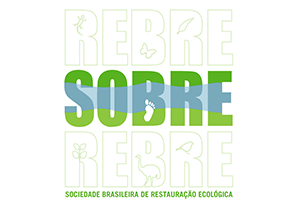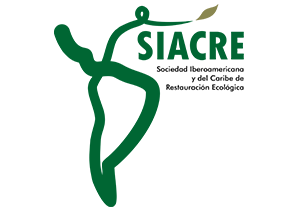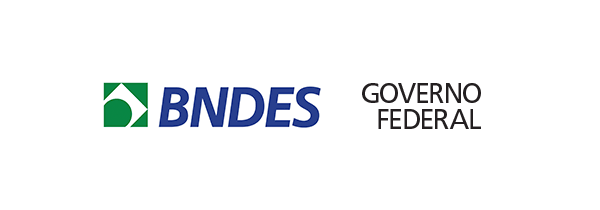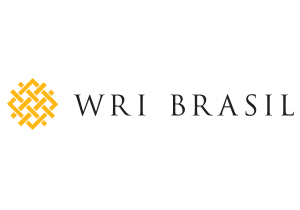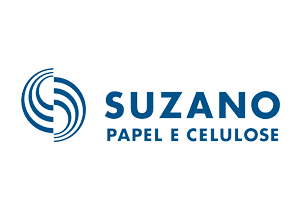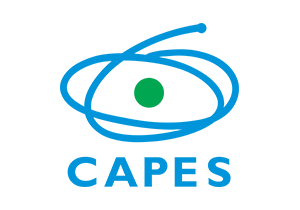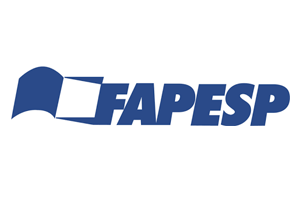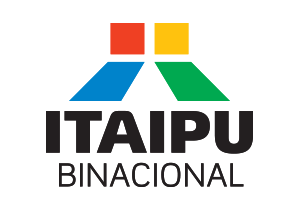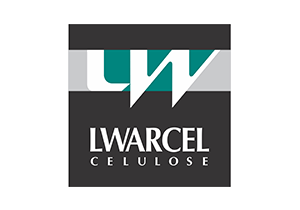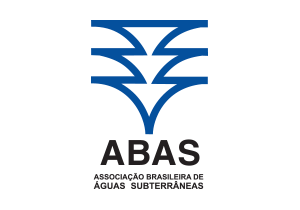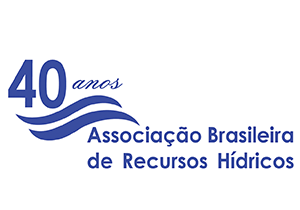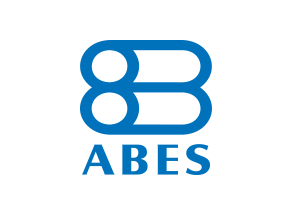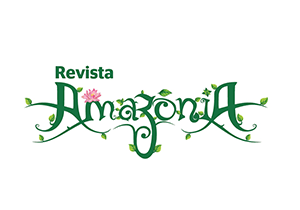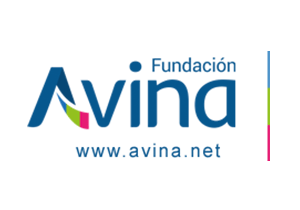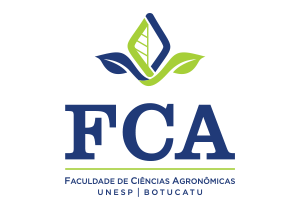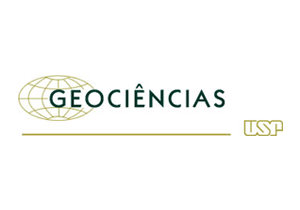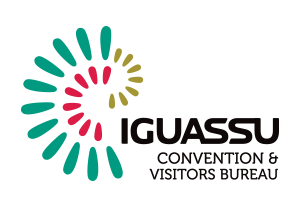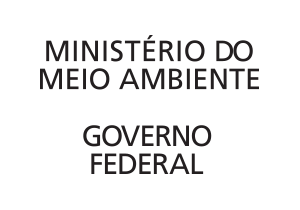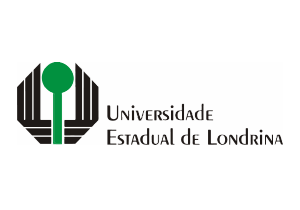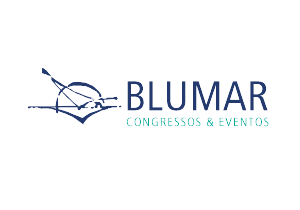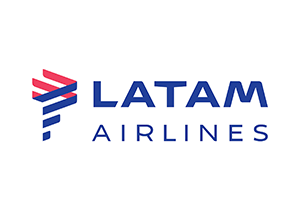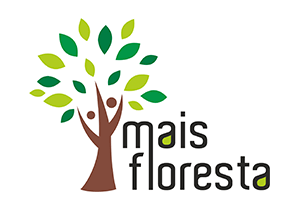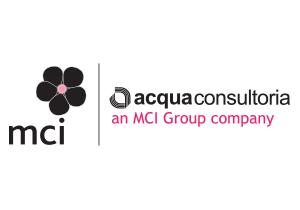Useful resources
- Best Non Gamstop Casinos Uk
- Casino Non Aams
- Casino Sites Not On Gamstop
- Melhores Casinos Online
- Bitcoin Casinos
- Casino Sites Not On Gamstop
- Non Gamstop Casino Sites UK
- Non Gamstop Casino UK
- Non Gamstop Casinos
- Non Gamstop Betting Sites
- Online Casino
- Non Gamstop Casino Sites UK
- オンラインカジノ
- Casino Not On Gamstop
- Casino Not On Gamstop
- Non Gamstop Casinos UK
- Casino En Ligne France
- Non Gamstop Casino Sites UK
- UK Online Casinos Not On Gamstop
- Casinos Not On Gamstop
- Best Betting Sites Not On Gamstop
- Siti Casino Online Non Aams
- UK Casino Sites Not On Gamstop
VII Conferencia en Restauración Ecológica
V Congreso Iberoamericano y del Caribe de Restauración Ecológica
I Conferência Brasileira de Restauração Ecológica
Foz de Iguazú, Brasil | 27 de agosto al 1º de septiembre de 2017
- Evento
- Programación
- Cronograma Preliminar
- Libro de resúmenes
- Presentaciones orales
- Presentaciones de posters
- Información para presentadores
- Conferencistas
- Temas
- Presentación de resúmenes (cerrado)
- Convocatoria para propuestas (cerrado)
- Cursos
- Salidas de campo durante la Conferencia
- Salidas de campo pre la Conferencia
- Salidas de campo pos la Conferencia
- Participe
- Hoteles & Viaje Aéreo
- Información práctica
- Patrocinadores y Expositores
- Difundir la SER 2017
- Evento
- Programación
- Cronograma Preliminar
- Libro de resúmenes
- Presentaciones orales
- Presentaciones de posters
- Información para presentadores
- Conferencistas
- Temas
- Presentación de resúmenes (cerrado)
- Convocatoria para propuestas (cerrado)
- Cursos
- Salidas de campo durante la Conferencia
- Salidas de campo pre la Conferencia
- Salidas de campo pos la Conferencia
- Participe
- Hoteles & Viaje Aéreo
- Información práctica
- Patrocinadores y Expositores
- Difundir la SER 2017
Información para presentadores
ORAL PRESENTATIONS
Oral presentations must be delivered in English unless they have been invited for a symposium or workshop that is being organized in Portuguese or Spanish. Presentations will be strictly limited to 15 minutes each, with an additional 5 minutes at the end for questions and discussion. These time limits will be strictly enforced to keep the conference running on schedule, thereby ensuring that all speakers have the same opportunity to present their work and that audience members can readily move between sessions to hear particular talks.
Speakers should plan on arriving at their assigned meeting room a few minutes prior to the start of their session to introduce themselves to the session moderator and ensure that their presentation has been properly loaded onto the dedicated laptop. It is recommended that speakers sit at or near the front of the room to help facilitate the transition between presentations.
Electronic Presentations
Microsoft PowerPoint (with an aspect ratio of 16:9) is the official format for electronic presentations. We will accept a PowerPoint file (.ppt/.pptx) or a Portable Document Format (.pdf) file, and we strongly encourage you to save your presentation in both formats in case of a file compatibility issue or other unforeseen technical problem.
All oral presenters will need to bring their presentation on a USB flash drive and load their presentation at the Media Desk. It is the responsibility of each individual presenter to ensure that his/her presentation(s) are uploaded at the Media Desk at least 24 hours prior to the beginning of the session in which they are presenting and to test their files before uploading.
Important: If your presentation contains links to video files, it is essential that you bring not only your PowerPoint file, but also your original video files to the Media Desk. The preferred video file formats are .MPEG or .MP4, but .WMV and Flash video files are acceptable. QuickTime, .MOV, video files are not compatible with PowerPoint and should be converted to one of the above formats. All videos should be tested and checked in advance at the Media Desk to be sure they will work properly.
Tips for Delivering Your Presentation
Each meeting room will be equipped with a dedicated laptop computer, LCD projector, and laser pointer. Please do NOT bring your own laptop for your presentation, as you will not be allowed to connect it. Note that internet access will NOT be available in the meeting rooms for use during oral presentations – please plan accordingly.
In order to maximize the effectiveness of your presentation, we recommend that you keep the following general guidelines in mind when creating your PowerPoint:
- All PowerPoint presentations should be created in English unless you are speaking in a symposium or workshop organized in Portuguese or Spanish.
- Use plain, widely compatible fonts to create your presentation (e.g. Arial, Times New Roman, Verdana, Tahoma).
- Use bold typeface and large font size (20-24 pt) to ensure that your presentation is visible from any seat in the room.
- Use images and short phrases to communicate your ideas, rather than big blocks of text. Make sure images are embedded in the PowerPoint and not linked from the internet since there will not be internet in the meeting rooms.
- Choose your colors carefully and bear in mind that some of your audience may be color blind.
- Leave a small border around slides to avoid having text or images lost when your presentation is projected onto the screen.
- Disable any automatic slide advance features.
- A 15-minute talk will generally have no more than 20 slides, assuming you use sufficiently large font and there are pictures on most slides. In some cases, you might have slides comprised entirely of a picture to show people important species, for example, so you can have more than 20 slides—but only if these are alighted on for just a few seconds.
- Modulate your voice and do not read your slides.
- Don’t forget to provide appropriate geographic context for your presentation so audience members understand the location where the work was carried out, the ecosystem or biome in question, and/or any other details that add important nuance.
POSTER PRESENTATIONS
Poster presenters will hang their posters upon arrival at the conference beginning on Sunday, August 27th. All posters should be in place by Monday evening at 18:00 when the first poster session is scheduled to begin. We will assign each presenter a number corresponding to the board where your poster will be displayed.
Poster presentations will remain on display for the duration of the conference, with two evening poster sessions on Monday and Tuesday from 18:00-20:00, during which time authors will have the opportunity to discuss their presentations with conference attendees. Refreshments will be provided at both poster sessions. All poster presenters are strongly encouraged to be present for their assigned session.
Posters should be removed no later than Friday, September 1st at 14:00. Any posters not removed by this time will be recycled. The conference will not be responsible for any posters left behind.
Poster Layout and Design
The recommended size for poster presentations is 80cm width x 120cm height. Please keep the following recommendations in mind as you design your poster:
- Posters should be created in English.
- Posters should be easily read at a distance of 1.5 meters.
- A poster printed on one large sheet of matte or semi-gloss paper is encouraged.
- Include the title of the presentation in large letters, the authors' names, and author affiliations at the top center of the poster.
- Double space lines of text.
- Only text, graphs, photographs, and artwork may be placed on the poster board.
- Don’t forget to incorporate relevant geographic details in your poster so readers know where the project was carried out, the type of ecosystem, etc.
- Posters can be affixed to the poster boards with push pins or ahesive tape. Both of these will be provided onsite.
- You do not need to leave space on your poster for your assigned poster number. Numbers will be affixed to the board above your poster.
The components of an effective poster presentation are as follows:
Heading: The heading comprises a title for the presentation, author names, and author affiliations (including city and country). Headings have more impact in a sans serif font such as Helvetica or Arial.
- Title (no smaller than 72 points, preferably in a sans serif font; please do not use all capital letters)
- Author names (no smaller than 36 points, preferably in a sans serif font)
- Affiliations (no smaller than 26 points, preferably in a sans serif font; include city and country)
Body: The body text of the poster typically includes the background (introduction), methods, results, and discussion. Body text should be no smaller than 16 points and preferably in a sans serif font such as Helvetica or Arial.
Illustrations: Graphics and other figures are essential for an effective poster. Include captions below each figure. Captions should be no smaller than 14 points and preferably in a serif font. Graphics should be understandable without recourse to a detailed text caption.
Tables: If tables are absolutely necessary for your presentation, try to simplify their content. Avoid showing too much data and using small letters. Captions for tables should be presented above the table.
Conclusions: Conclusions should be clear and succinct and summarize key "take home" messages.
VIDEO PRESENTATIONS
Video presentations will be available for viewing throughout the conference in the poster exhibition area. Video authors will have an opportunity to discuss their work and answer questions as part of the two poster sessions.


